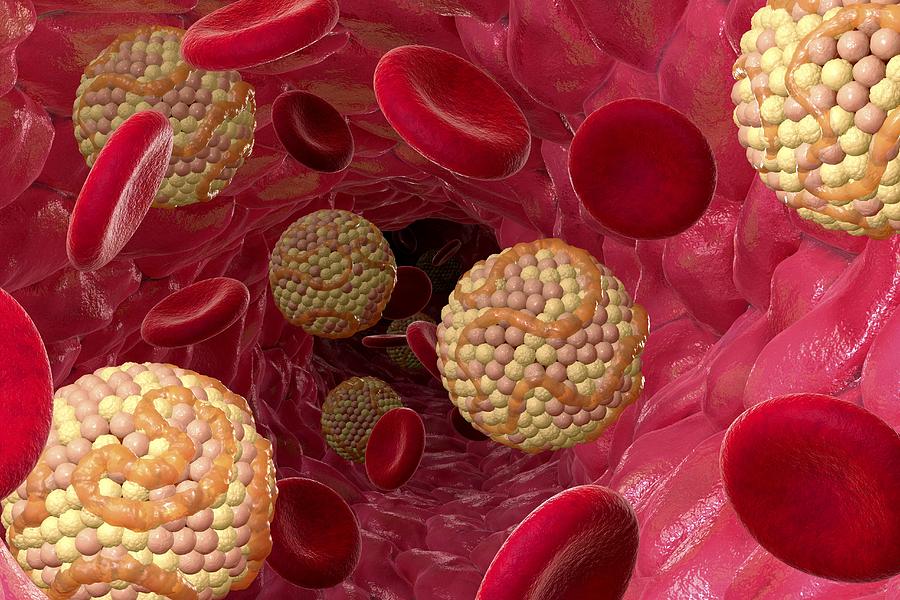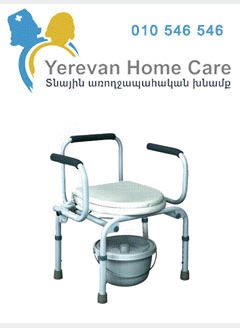Better educated women have lower levels of 'bad cholesterol' than those with fewer qualifications.
University of Cambridge scientists found that women's LDL-cholesterol level - which is known as ‘bad cholesterol’ - is more closely tied to their educational level than men.
With men, cholesterol levels are more dependent on exercise, they say.
LDL cholesterol is considered the 'bad' cholesterol because it contributes to plaque: a thick, hard deposit that can clog arteries and make them less flexible. If a clot forms and blocks an artery, this can cause a heart attack or a stroke.
The scientists found that women without educational qualifications beyond the age of 15 had significantly higher LDL-cholesterol than those who did, even when accounting for people's Body Mass Index (BMI) and alcohol use.
They also found that overall, women had higher good and bad cholesterol levels than men.
Men's cholesterol levels seem to depend on exercise. Those in social classes with manual jobs had lower cholesterol levels than their counterparts in social classes with non-manual jobs.
One theory is that this may be due to them doing more physical activity, which can help lower cholesterol.
The researchers studied 22, 451 people from Norfolk aged between 39 and 79, as part of the European Prospective into Cancer.
Each participant indicated what their alcohol consumption was and their BMI was calculated.
They then completed a survey that measured socioeconomic status using three factors - social class, education level, and the level of deprivation in the area they lived.
Blood samples were also taken to determine the following lipid levels - total cholesterol, HDL-cholesterol, known as ‘good cholesterol’, triglycerides, a type of fat in the blood, and LDL-cholesterol, known as ‘bad cholesterol’.
Lead researcher Kay-Tee Khaw, Professor of clinical gerontology and fellow of Gonville and Caius College at Cambridge University, said there is a clear link between social class and cardiovascular disease.
However she added that assessing the reasons for these health inequalities is complex because that the different criteria used for measuring social class - such as a person's job or level of education - might affect health in different ways.
She said: ‘There is a well-recognised social gradient in cardiovascular disease.'
‘We were interested in trying to understand reasons for the observed socioeconomic inequalities in health.' 'However, there are different measures of socioeconomic status including occupational class, educational status and residential deprivation, which may relate differently to different domains of health.’
She added that further research needs to look at women and men separately to understand the differences or health inequality.
She said: ‘If we wish to reduce health inequalities we need to understand the reason for these health inequalities.
‘Future studies need to look at men and women separately and explore the reasons for these sex differences.’

















